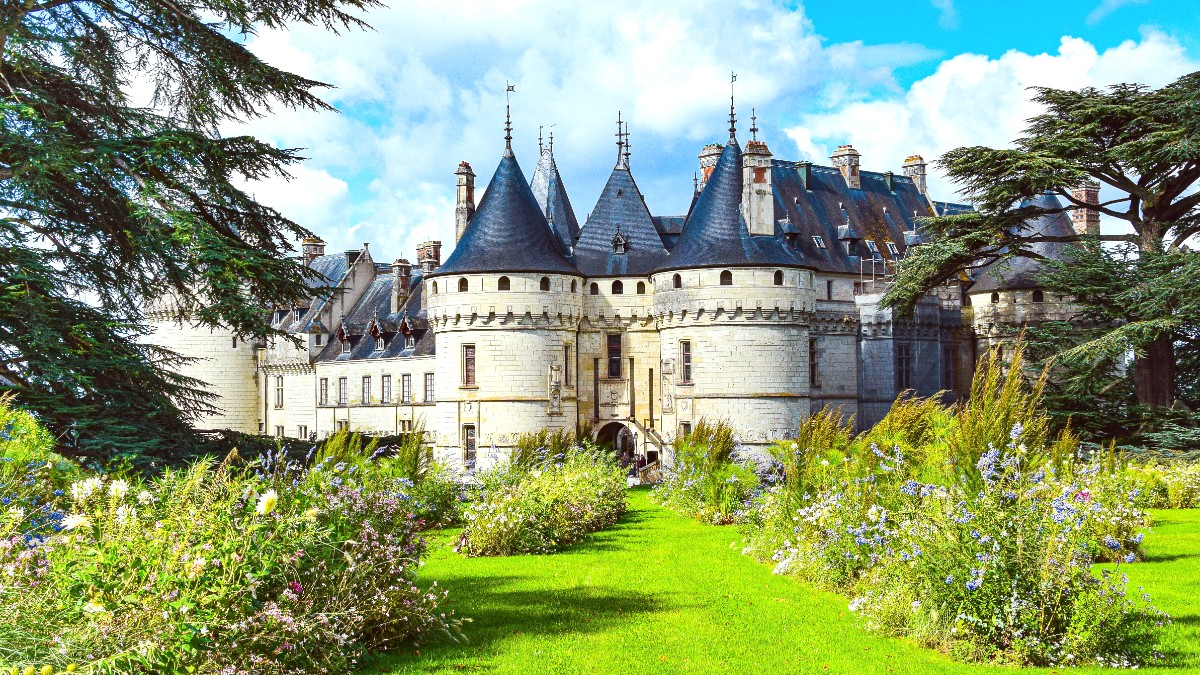
The Loire, France
The Château d'Angers dominates the city's skyline, built in the 13th century with 17 imposing towers and a deep dry moat. The Château reflects centuries of architectural evolution and military history.
The Cathédrale Saint-Maurice d'Angers is a striking example of Romanesque and Gothic architecture. It has soaring nave, unique Angevin Gothic vaults, and beautiful stained-glass windows. The Maison d'Adam (Adam's House) is a stunning 16th-century half-timbered house with intricate wood carvings, depicting biblical scenes and mythological figures.
These tips help in optimizing your visit to Angers' main attractions.
Various smaller art galleries in the city center show local and regional artists, including contemporary works, photography, and traditional art.
A major cultural hub in Angers. It includes a diverse program of contemporary theater, dance, and music performances.
This venue hosts a variety of events, including concerts, conferences, and larger exhibitions.
A historic venue for classical music, opera, and traditional stage performances. It has a more classical performance experience.
Museums and cultural institutions frequently host temporary exhibitions and special programming. Check Angers Tourist Office website.
Angers is steeped in history, offering many sites that connect visitors to its past.
While Angers has deep Roman origins (Juliomagus), visible Roman ruins are limited. The Château d'Angers itself sits on earlier foundations. Remains of a Roman amphitheater, Les Arènes d'Angers, exist but are mostly covered.
Wander through pedestrianized streets like Rue Saint-Laud, Rue Toussaint, and Place Sainte-Croix. This area has charming half-timbered houses, Renaissance facades, and historic stone buildings. Every corner presents centuries of architectural evolution.
Located across the Maine River from the Château, this historic artisan quarter has a different architectural style. Its narrow streets and traditional Anjou houses have a quaint and authentic atmosphere, reflecting its past as a working-class district.
Cathédrale Saint-Maurice: The main religious landmark and centerpiece of the city. Collégiale Saint-Martin: A beautifully restored 10th-century church, a cultural site showing its Romanesque and Gothic architecture. Abbaye du Ronceray: A former Benedictine abbey, now part of the Angers university campus, for a glimpse into monastic life.
Monument aux Morts: A war memorial located in the Jardin du Mail, commemorating those who died in various conflicts. A place for quiet reflection.
The Château d'Angers represents military heritage, showing medieval defensive architecture. The Cointreau Distillery has insight into industrial heritage, detailing the production process of the famous liqueur and its role in the region's economy.
An elegant 19th-century public garden with a historic bandstand, decorative fountains, and formal flowerbeds. Ideal for leisurely strolls or picnics.
A botanical garden with diverse plant collections, greenhouses, and a small zoo. It has an educational and peaceful environment for plant enthusiasts and families.
A larger park on the city outskirts, with extensive green space, a lake, and an arboretum with various tree species. Ideal for longer walks and connecting with nature.
The banks of the Maine River have scenic views, especially of the Château d'Angers.
Beyond the well-known landmarks, Angers holds several lesser-known spots that have unique experiences.
These hidden gems are often local favorites, providing an authentic look at the city away from the main tourist paths.
Discover unique places rarely visited by tourists, for a more authentic experience.
Find spots popular with Angers locals and new regional discoveries.
The view of the Château d'Angers across the Maine River, especially at sunset, makes for a stunning photo.
The Doutre quarter, with its charming half-timbered houses and narrow streets, has many atmospheric photo opportunities.
Focus on the unique features that tell Angers' story through its buildings.
These details highlight the city's rich historical layers.
Capture the serene beauty where nature meets the urban landscape.
These spots have a peaceful escape for photography enthusiasts.
When visiting the Château, take time to sit in the gardens within the ramparts.
This provides a peaceful break and a chance to enjoy the scale of the fortress from within, away from the crowds.
It is a perfect spot to relax, reflect, and appreciate the history around you.